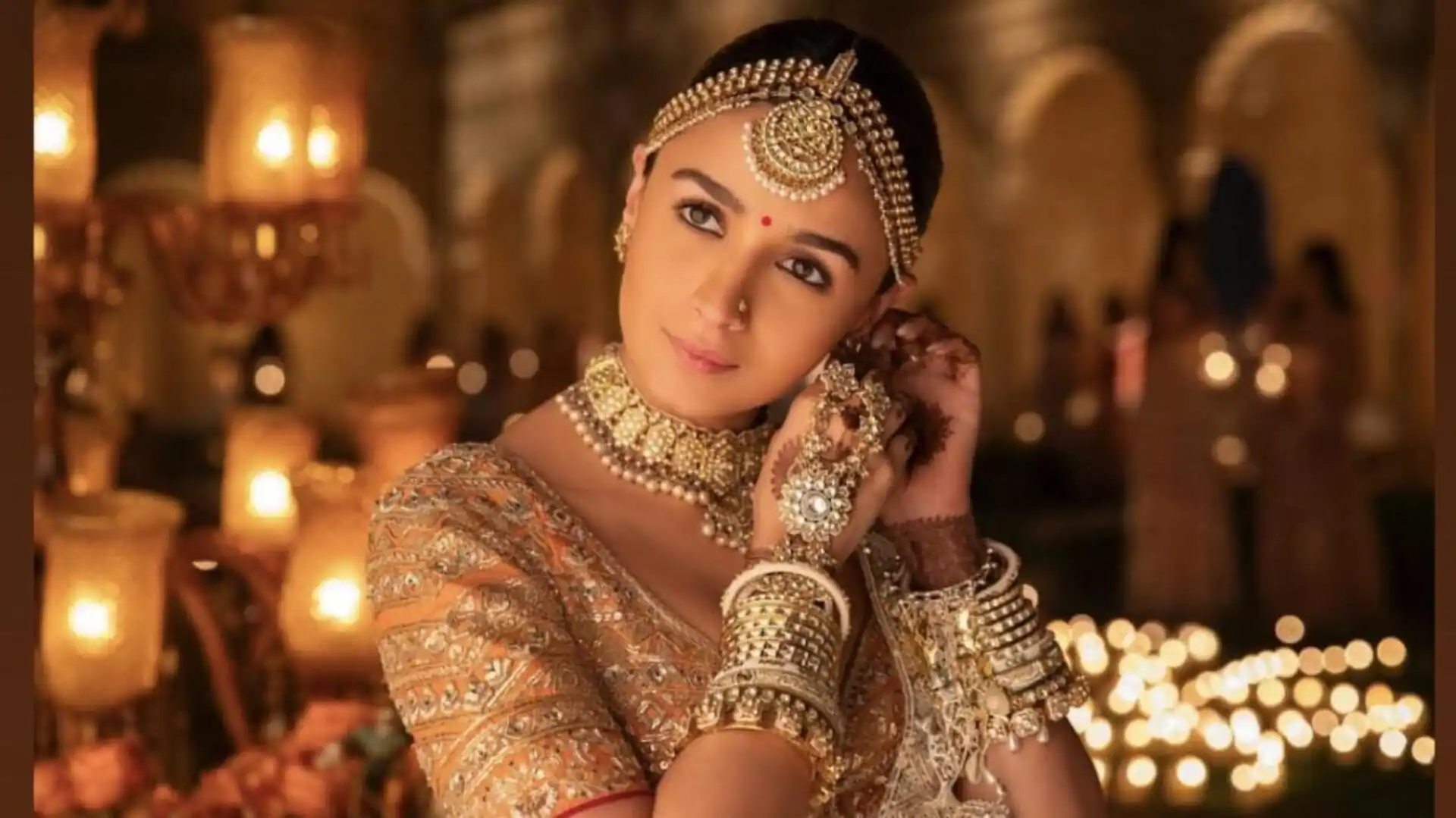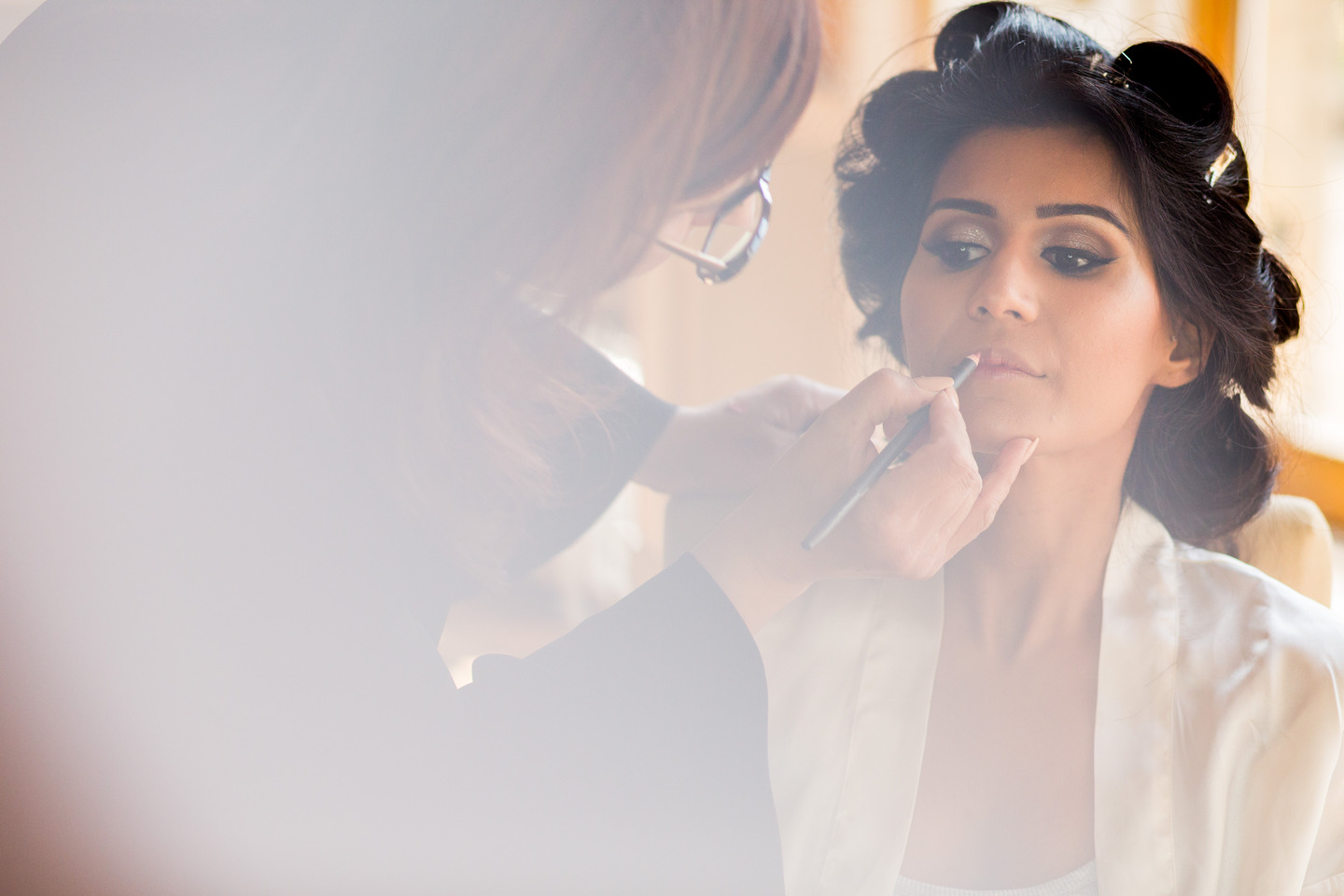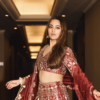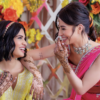Indian wedding fashion is an ever-evolving blend of heritage, cultural shifts, and the influence of global trends. From the early 1900s to the 2020s, wedding attire has mirrored the times’ social, economic, and political changes while remaining rooted in centuries-old traditions. Khush looks at how bridal fashion has evolved over the decades and explores how modern designers have breathed new life into these styles, recreating iconic looks with contemporary flair.
1900s: Regal opulence
In the early 20th century, Indian weddings were characterised by royal opulence and grandeur. Brides typically wore colour red, richly embroidered saris, often in silk or brocade fabrics, with intricate zari work and heavy gold jewellery. The bridal attire was layered with heavy dupattas or veils that were often adorned with pearls and gold thread.
Recreating the look today: To bring back this regal aesthetic, designers like Sabyasachi Mukherjee have created collections that pay homage to vintage Indian wedding fashion. Sabyasachi’s use of vintage-inspired embroidery, such as zardozi and meenakari, beautifully captures the essence of this era.
1930s to 1940s: Colonial influence
The early 20th century saw India under British colonial rule, and wedding fashion was influenced by both traditional Indian and British styles. Brides started wearing lighter fabrics like chiffon and georgette, with simpler, more refined designs. The sari evolved to include pleats, drapes, and lightweight fabric, as brides sought comfort in a more modern wedding setting.
Recreating the look today: Designers like Anita Dongre have embraced the use of soft fabrics, lightweight silks, and georgettes to recreate the understated elegance of this era. Brides seeking a vintage 1930s-1940s vibe can choose minimalist lehengas or saris with delicate embroidery, opting for pastel shades and classic jewellery pieces like delicate diamond necklaces and bracelets.
1950s to 1960s: Post-independence revival
Following India’s independence, the 1950s and 1960s saw a return to traditional Indian wedding styles, as brides embraced rich textiles like Kanjeevaram silks and Banarasi brocades. These years also saw the rise of Bollywood as a major influence on fashion, with actresses like Rekha, Nargis, and Madhubala becoming style icons.
Recreating the look today: Modern designers like Abu Jani Sandeep Khosla and Manish Malhotra have brought back the opulence of this era with their contemporary takes on traditional bridal wear. Brides today can wear lehengas with intricate zardozi or sequined embroidery, often in striking colours like deep red, gold, and emerald green.
1970s to 1980s: Age of experimentation
The 1970s and 1980s marked a period of experimentation and Westernisation in Indian wedding fashion. The traditional sari made way for the lehenga choli, a more comfortable and versatile option. The 1980s also saw brides begin wearing an off-white, ivory, or pastel-coloured bridal attire
Recreating the look today: Brides today seeking a 1970s-1980s-inspired look can turn to designers like Tarun Tahiliani and Falguni Shane Peacock, who incorporate Western elements with traditional Indian silhouettes. The lehenga choli remains a popular choice, with modern touches like off-shoulder tops, corset-style blouses, and layered skirts.
1990s: Return to traditional grandeur
The 1990s were defined by a renewed emphasis on traditional Indian wedding attire, with the revival of heavy embroidery and the embrace of gold and red. Bollywood stars like Karisma Kapoor and Aishwarya Rai set wedding trends, and brides began wearing lehengas and saris that were bold and opulent.
Recreating the look today: Brides today can channel the 1990s wedding fashion with the help of designers like Manish Malhotra and Abu Jani Sandeep Khosla. A heavy, embroidered lehenga in rich shades of red, gold, and green, paired with a statement dupatta and classic jewellery, evokes the grandeur of this era.
2000s to 2010: Rise of luxury and glamour
In the 2000s and 2010s, wedding fashion saw the rise of luxury bridal wear, with designers like Falguni Shane Peacock and Manish Malhotra bringing glamour to the forefront. The lehenga choli, saris, and anarkalis became more intricate and heavily embellished, reflecting the burgeoning global influence of luxury fashion. A contemporary bride can opt for heavily embellished lehengas with intricate beadwork and sequins, complemented by modern, sculptural jewellery, like statement earrings and cocktail rings.
2020s: Contemporary elegance
The 2020s are defined by a shift towards minimalism, sustainability, and a blending of tradition with modernity. Brides are now seeking outfits that feel personal and timeless while still paying homage to tradition. Sustainability in fashion is also becoming increasingly important, with more brides choosing eco-friendly fabrics and designs. Wedding fashion is no longer about just grandeur but about creating a meaningful and conscious experience.
To capture the essence of modern bridal fashion, designers like Anita Dongre and Abu Jani Sandeep Khosla have embraced sustainable luxury, focusing on intricate embroidery and sustainable materials like organic silk, cotton, and upcycled fabrics.
Indian wedding fashion reflects India’s evolving identity, blending tradition, culture, and modernity. From the regal grandeur of the 1900s to today’s minimalist sustainability, each era tells a unique story. Modern brides honour this rich legacy while celebrating their individuality, ensuring Indian wedding fashion remains timeless and inspiring for generations to come.













